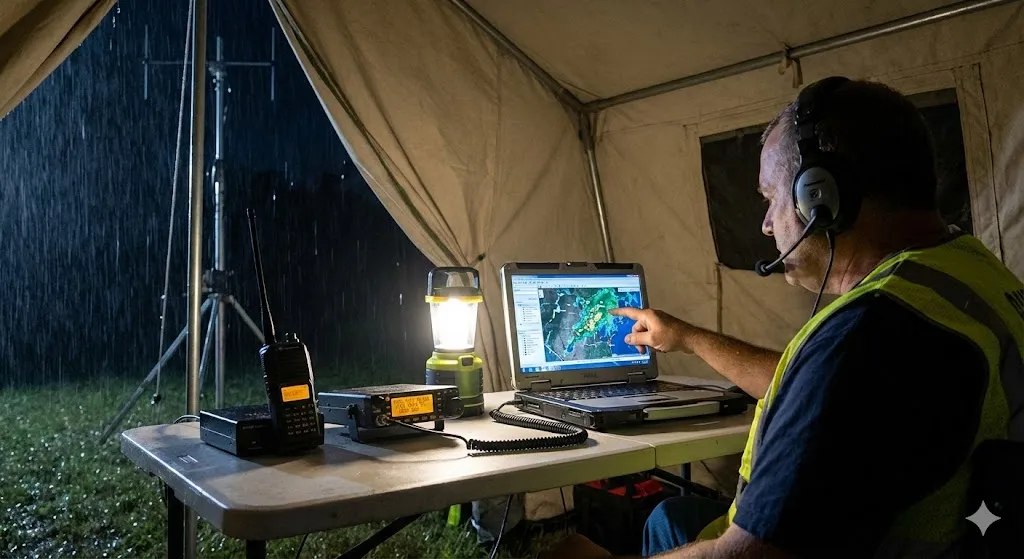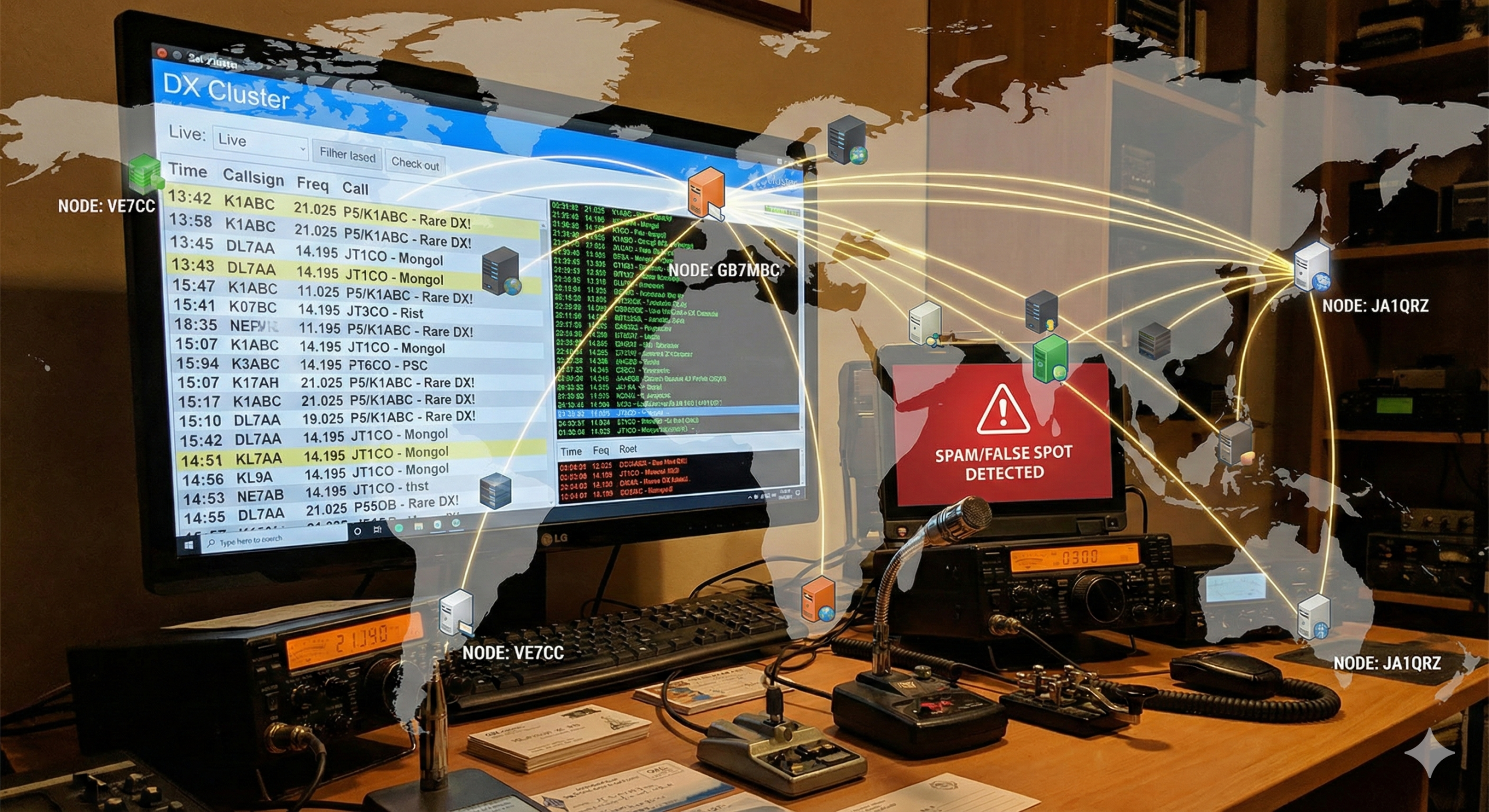Python for Amateur Radio: A Beginner’s Guide
Introduction
Python is a versatile programming language that can be used for a wide variety of tasks, including amateur radio. In this blog post, we’ll take a look at some of the ways that Python can be used for amateur radio, and we’ll provide some tips for getting started.
A Brief History of Python
Python was created by Guido van Rossum in the late 1980s. Van Rossum was working on a new programming language that would be easy to read and write, and that would be suitable for a wide range of tasks. Python was first released in 1991, and it has since become one of the most popular programming languages in the world.
How can Python be used for amateur radio?
Python can be used for a variety of amateur radio tasks, including:
- Controlling your radio: Python can be used to control your radio’s frequency, mode, and other settings. This can be useful for automating tasks such as scanning for frequencies or changing modes.
- Logging your contacts: Python can be used to log your contacts, including the date, time, frequency, mode, and other information. This can be useful for keeping track of your contacts and for generating reports.
- Decoding digital modes: Python can be used to decode digital modes such as PSK31 and RTTY. This can be useful for communicating with other hams who are using digital modes.
- Generating reports: Python can be used to generate reports on your amateur radio activity. This can be useful for tracking your progress and for sharing your findings with other hams.
Getting started with Python for amateur radio
If you’re interested in using Python for amateur radio, there are a few things you’ll need to do to get started:
- Install Python: The first step is to install Python on your computer. You can download Python from the official website.
- Learn the basics of Python: Once you have Python installed, you’ll need to learn the basics of the language. There are a number of resources available online that can help you get started.
- Find some Python libraries for amateur radio: There are a number of Python libraries that can be used for amateur radio. These libraries can provide you with access to a variety of functions and objects that can make it easier to develop your own amateur radio applications.
Examples of Amateur Radio Usages
Here are some specific examples of how Python can be used for amateur radio:
- A Python script can be used to control a software-defined radio (SDR). This script can be used to scan for frequencies, change modes, and decode digital signals.
- A Python script can be used to log contacts. This script can be used to store the date, time, frequency, mode, and other information for each contact.
- A Python script can be used to decode digital modes. This script can be used to decode popular digital modes such as PSK31 and RTTY.
- A Python script can be used to generate reports on amateur radio activity. This script can be used to track progress and to share findings with other hams.
GitHub Sources
Here are some GitHub sources for amateur radio projects using Python:
- rtl-sdr: A library for controlling software-defined radios (SDRs) using Python. This library can be used to scan for frequencies, change modes, and decode digital signals.
- pyhamlog: A library for logging amateur radio contacts using Python. This library can be used to store the date, time, frequency, mode, and other information for each contact.
- psk31dec: A library for decoding PSK31 signals using Python. This library can be used to decode PSK31 signals from other hams.
- rttydec: A library for decoding RTTY signals using Python. This library can be used to decode RTTY signals from other hams.
- qthlookup: A library for looking up QTH information using Python. This library can be used to look up the location of other hams based on their callsigns.
Here are some examples of amateur radio projects using Python that you can find on GitHub:
- SDR Console: A software-defined radio console that can be used to control SDRs, decode digital signals, and log contacts.
- HamPi: A Raspberry Pi-based amateur radio station that can be used to control radios, decode digital signals, and log contacts.
- PyQSO: A Python library for logging amateur radio contacts.
- RTTY Logger: A Python program for logging RTTY contacts.
- PSK31 Decoder: A Python program for decoding PSK31 signals.
These are just a few examples of the many amateur radio projects that you can find on GitHub. If you’re interested in using Python for amateur radio, I encourage you to explore GitHub and see what other projects you can find.
Conclusion
Python is a powerful and versatile programming language that can be used for a wide range of amateur radio tasks. If you’re interested in learning more about Python, there are a number of resources available online that can help you get started.






Post Comment